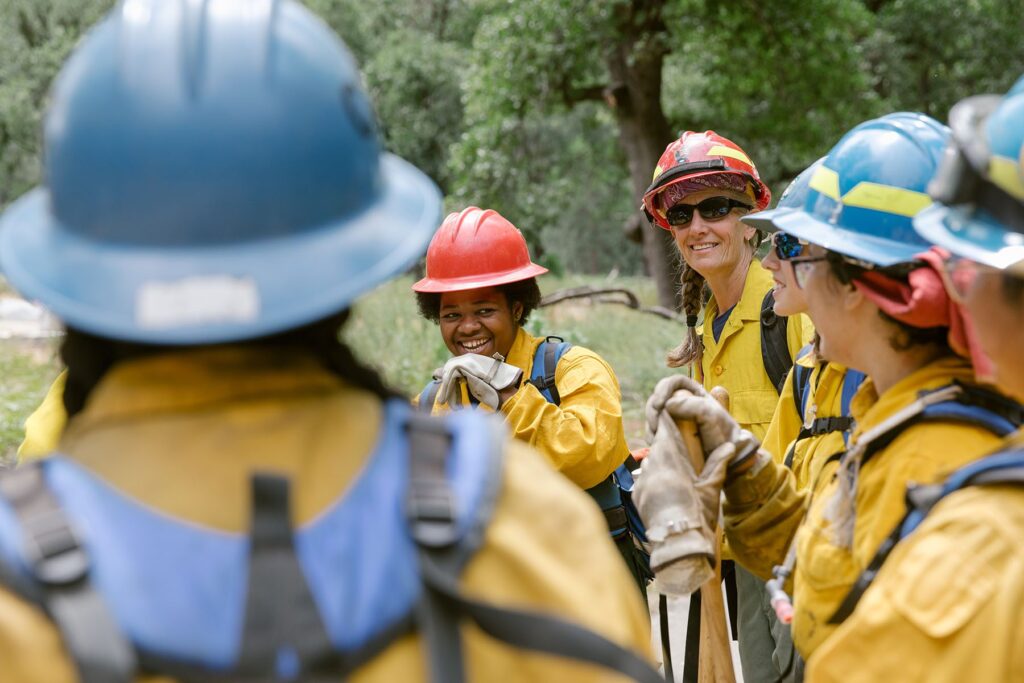
Carefully designing your trip to match your expectations and outdoor skill level is the first step in being prepared . Make inquiries with local land managers about the character and popularity of your intended destination. Many wilderness areas suffer from overuse and it is important to seek alternative locations when possible. The information gathered can assist you in planning your clothing, equipment and fuel.
If backcountry users do not have the proper clothing to stay warm and comfortable in unexpected poor weather they may be forced to build large, highly impacting fires in areas where they should not be built. While impact concerns are clearly secondary to visitor safety, careful planning can go a long way toward insuring that tradeoffs between the two are unnecessary. Land managers can also describe difficulties inherent to the terrain and time of year, existing regulations and where maps can be obtained.
Repackage food. Plan your meals carefully and repackage food into reusable containers or plastic bags. This will reduce the amount of potential trash or litter you bring into the backcountry, and carefully planned rations reduce waste from leftovers.
Equipment. Taking the proper equipment can help you to Leave No Trace. For example, gaiters that protect your feet and boots will allow you to stay on the main trail when it is wet or muddy. Lightweight campstoves, free-standing tents and water carrying containers allow the flexibility to camp in the most impact resistant site available. A small garden trowel is practically indispensable for digging a minimum-impact cathole.
Brightly colored clothes and equipment have limited advantages in the backcountry, despite their great appearance in store windows. To minimize the likelihood that others will see you and your camp, wear and carry earth-colored clothes and equipment, particularly tents. Carry binoculars and long camera lenses to observe or photograph wildlife from an unobtrusive distance. Expectations and Knowledge of the Area. Taking some time to think about what you expect from your trip will help you prepare for it. If you know the area you are visiting is remote and sees few visitors then you should be prepared to camp in pristine areas and practice stringent Leave No Trace techniques. Remember that some areas do not allow camping in pristine areas. Conversely, in popular, highly visited areas you can expect to see more people and should camp in existing campsites.
If possible:, visit the backcountry in small groups during seasons or days of the week when use levels are low. This should be tempered with a concern for avoiding travel when the environment is particularly fragile (for example, during the rainy season when trails are muddy). By visiting less popular areas, contact with others will be minimized, and the opportunities for viewing wild life will be enhanced. Keep in mind that visits to seldom used places require an extra commitment to minimize impact by traveling quietly and lightly on the land.



